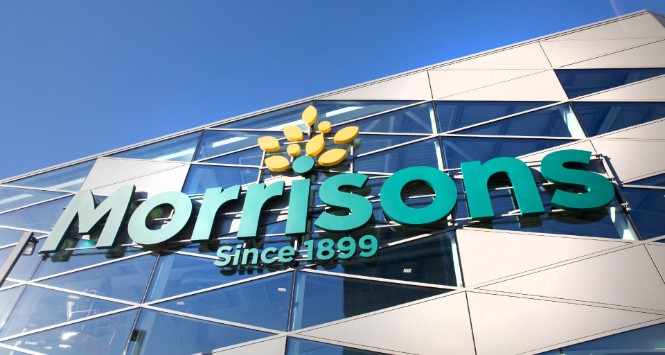Data is set to play an increasingly important role in convenience retailing but having access to more and more data does not inevitably lead to better decision-making. It’s being smart about using data that will deliver the real benefits to retailers.
by Thomas Hall
The ability to turn big data into smart data has become a game changer for those convenience retailers and brands that have chosen to embrace it. They know that being able to study individual customer preferences and choices can have a real impact on the bottom line.
But having better access to more and more data does not necessarily lead to better decision-making. The key is to know what questions to ask which the data can then answer. More importantly, businesses need the expertise, knowledge and technology to understand what is often mountains of information, captured and stored, but not used in the right way.
There is huge untapped potential from smart data and both brands and convenience retailers should be brutally honest with themselves as to whether their data is working hard enough for them. Competitive advantages are potentially being missed because businesses will not have an accurate picture of what is the right price point or promotional strategy for a particular product or category.
Recognising the business issue
Data can provide an understanding of customer behaviour. Therefore brands or retailers must ask the right questions to get a clear picture as to how changes in behaviour might affect them now and in the future. So, what data do they need and how might this be used to deliver the ROI it requires? What data has already been collected and is it ready to analyse? Business should also consider if there is data yet to be gathered.
With so much data available each organisation must know exactly what business issue it is trying to solve. For a convenience retailer, is the aim to improve overall sales and margins only?
With the growth of the omni customer, smart data can also reveal which channels particular customer segments use, when and how. This becomes increasingly important as customers’ expectations rise and the choices provided by multiple channels help customers to change their behaviours.
Mobile, for example, has become more important to the shopping experience, and smart data analysis can help both stores and brands create a seamless experience for customers.
There are clear business benefits from mixing data with analytics to help adapt to changing customer behaviour. This is certainly true when it comes to digital and the volume of data being collected from high-speed applications and adverts viewed on mobile devices.
Retailers and brands need to be able to analyse people’s digital footprint to discover whether the sales achieved by a particular campaign justify their marketing spend. Being able to identify what has been purchased at the point of sale after an ad campaign, for example, is the best way for a brand to define its ROI.
The role of technology
Technology has a major role to play in helping extract and analyse data more effectively and assist with new product innovation and portfolio optimisation. For example, retailers are seeing the benefits of automatically loading, integrating and augmenting data from their stores to create an up-to-date single view of customers.
The process involves analysing everything from point of sale, customer satisfaction and loyalty card data, as well as inventory and availability information. When these data sets are combined with analytics for pricing, promotions and assortment analysis, retailers can get a better understanding of how they and their suppliers can best target customers.
Imagine the business opportunities from using trip mission segmentation, where the analysis tells you why your customers are visiting stores, and reveals the clusters of different shopping missions that need to be fulfilled across the entire store portfolio.
Better data analysis certainly means more effective targeting when spending money on promotions by understanding cross category cannibalisation. Smart data will reveal what is working best in which store, in which region and with which customer segment. For example, households might be more sensitive to promotions in some areas than in others. Using smart data enables brands and retailers to be sensitive to these differences and react accordingly.
Retailer and brand collaboration
Sales and margins improve for the retailer and brands when both parties collaborate on gathering and analysing big data and translating it into smart, actionable insights.
Everyone has the same goals. It’s about using data more strategically to plan, target, activate, measure and optimise brand and customer relationships to boost ROI and capture market share. Using store data effectively can, for instance, reveal areas where there are opportunities for incremental growth, perhaps within a particular category or across categories.
Increasingly, the focus is on what products can provide incremental growth. For convenience retailers, the challenge is how to improve category performance, especially as they look to optimise their ranges. This means brands must work harder and, if their own data is not as detailed as that held by the retailer, they should consider collaborating with companies that can help them to plug their data gaps.
Brands also need a clear understanding of what is the right price point for their products. Many brands and retailers have already established price and promotion optimisation as standard and as part of their growth strategy. They are running models across all their product categories and adjusting their marketing accordingly.
Many retailers and brands have only scratched the surface of what is possible, but data is knowledge and knowledge is power, and being able to analyse data quickly and efficiently is absolutely crucial today.
Thomas Hall is Analytics Programme Director at IRI Worldwide. He will be speaking at SLR’s #ThinkSmart2 Conference at the Glasgow Science Centre on March 19, 2018.







